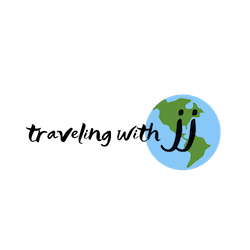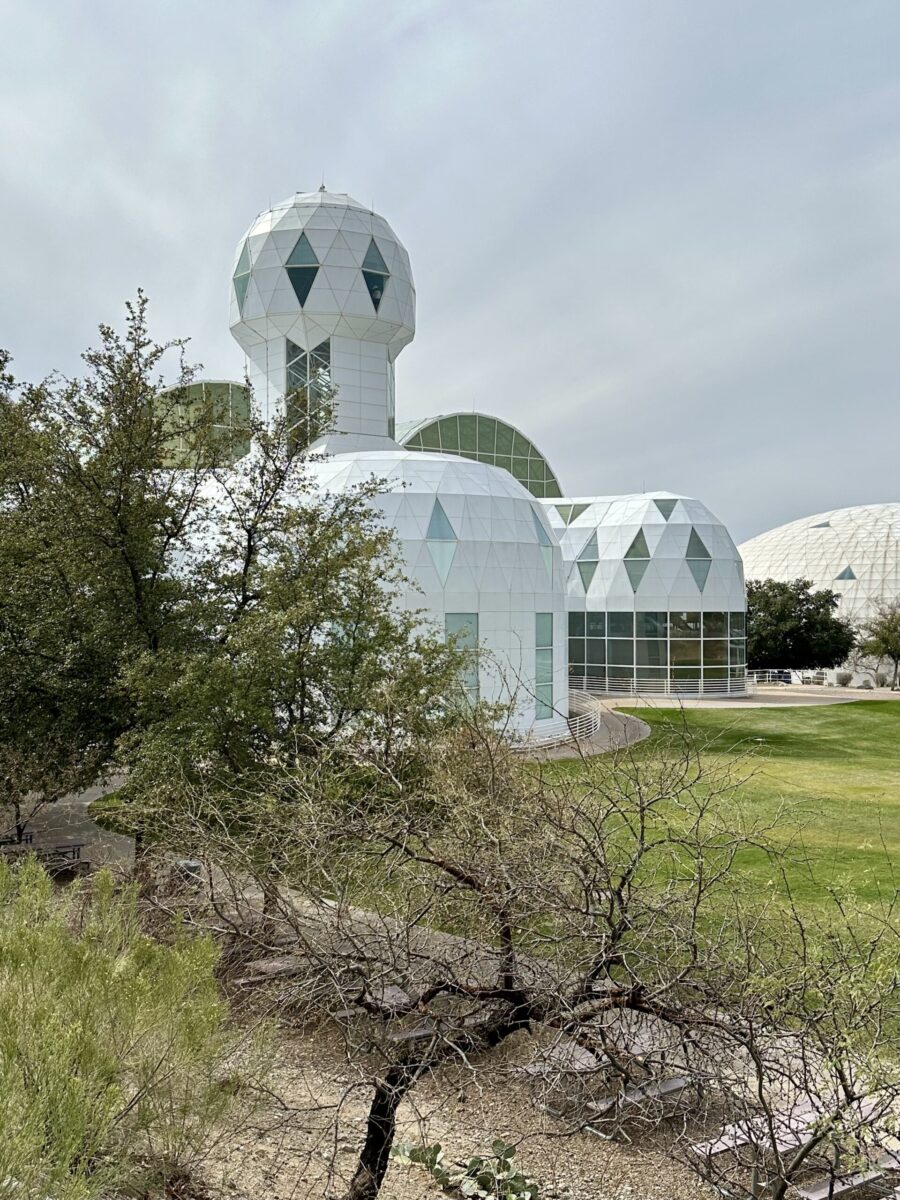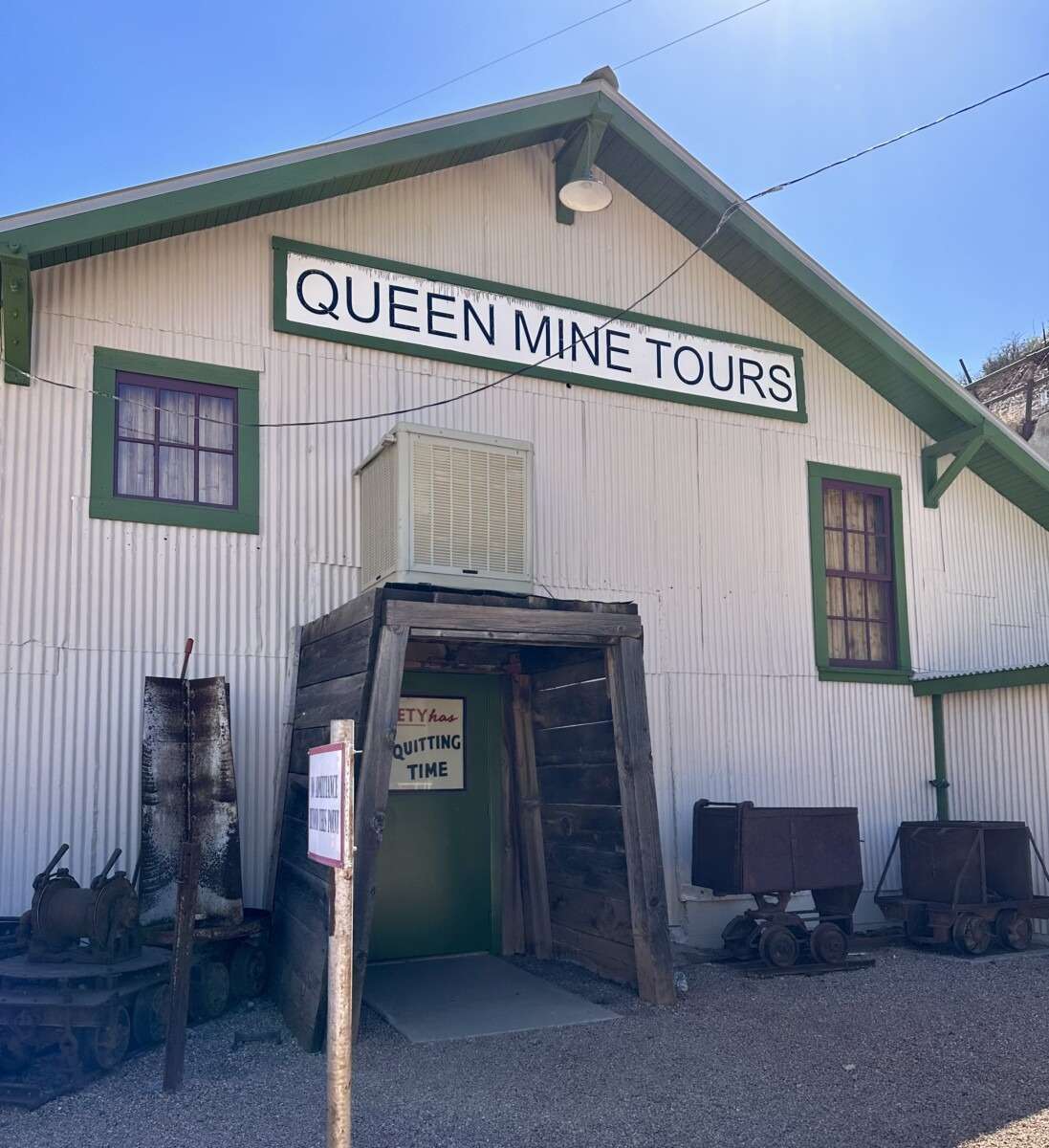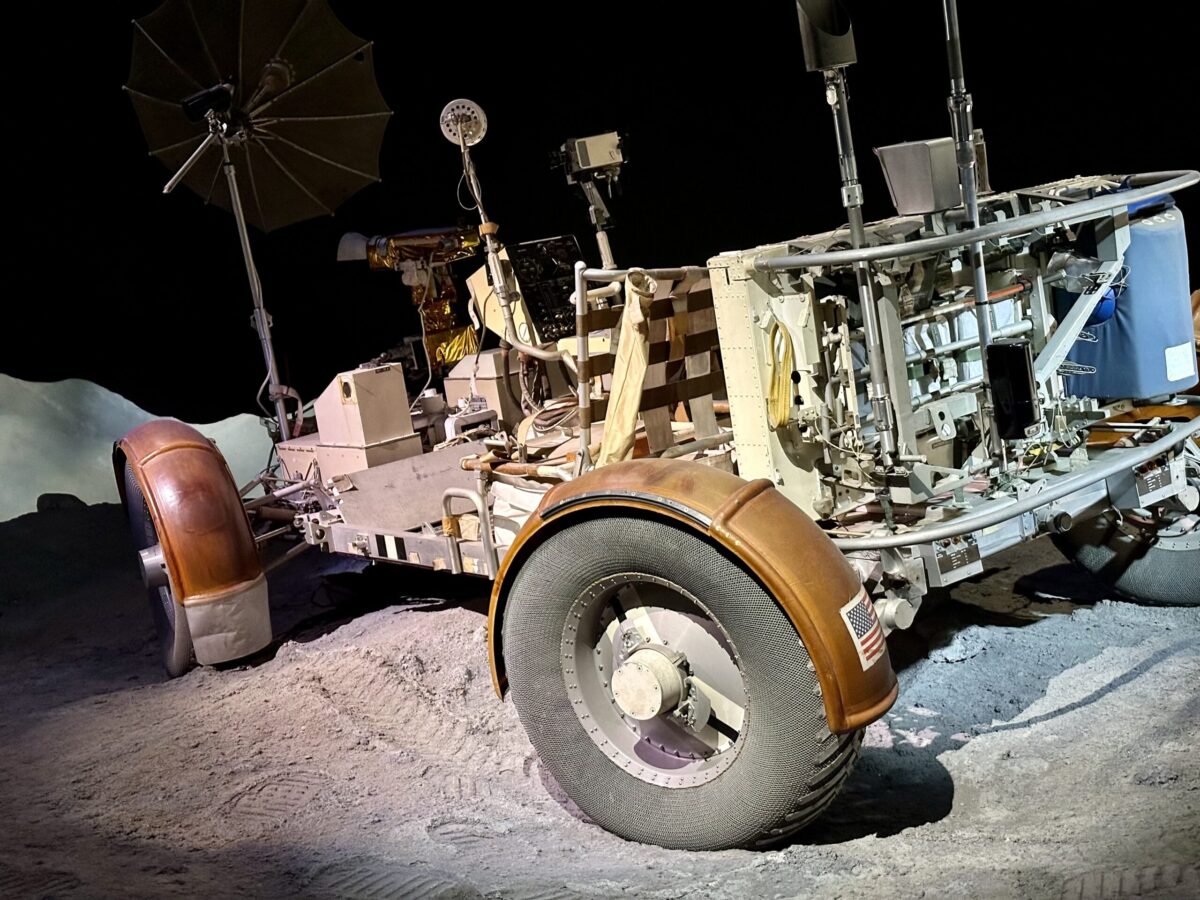After whale watching in Maui we took a quick flight up to Kauai to spend the weekend with family. It was a really fun weekend, however, we were having so much fun we didn’t take any pictures with our nephew and niece (sorry Mom and Dad). Here are the only pictures we took for the whole weekend.





We hopped over to the Big Island to explore the biggest island in Hawaii. As mentioned in a previous blog, this was our first trip to the islands where we explored Maui and the island of Hawai’i. We landed in Kailua-Kona and picked up our rental car for the week. (Side note: the town is officially called Kailua-Kona, though many call it either Kona or Kailua, which can be very confusing if you are not from the islands.) We stayed about 30 min. north of Kailua-Kona in Hapuna Beach. It was beautiful!



We downloaded the Shaka Guide self-guided tours for the Big Island to our phone and plugged it into the car audio. (Highly recommend them if you want to go at your own pace. And, nope, they aren’t paying us for this endorsement – we paid for the downloads ourselves and really enjoyed them.) For our first day we chose to take the half-day tour along Kona’s coastal and historical regions.
As we drove down the coast we were struck by how much volcanic rock there is on this side of the island.


According to Shaka Guide, there was a huge eruption in 1801 which completely changed this coastline. The eruption of Hualalai Volcano filled 20 miles of the bay and formed Kiwili Point where the Kona International Airport now sits. Today, the Hualalai Volcano is often covered in what looks like fog, though it is actually vog formed from the Kilauea Volcano.


We stopped at the Kaloko-Honokohau National Historical Park to get a stamp in our National Park Passport book and take a short hike down to the beach. It rained just before we arrived so everything was still wet but we didn’t care.

“At this site, until the early 19th century, Hawaiians who broke a kapu, or one of the ancient laws against the gods, could avoid certain death by fleeing to this place of refuge, or pu’uhonua.” – National Park Service (NPS)

The Ala Mauka Makai trail from the visitor center to the Honokohau beach was about 0.7 miles (1.1 km) each way.




From Kaloko-Honokohau NHP we continued down the coast to Kailua-Kona. Here we stopped for a quick bite and to walk around the old town.


We read that the first church building dated back to 1820 and was completed in 1936. After several fires, the present stone structure was constructed.


Further south, Keauhou Bay is a historic area in the Kona District of the Big Island. A small enclosure is maintained by the Daughters of Hawaii to mark the site of the birth of King Kamehameha III in 1814. He was the longest reigning monarch in Hawaii, until his death December 15, 1854. Our Shaka Guide told us, “It is said Kauikeaouli (his birth name) was stillborn, but put on the stone by a visiting Kahuna where he was revived with a sacred chant”.



“In 1819, an estimated 300 Hawaiians were killed on this vast lava field. Their spooky burial mounds are still visible at the south end of Alii Drive (called the “End of the World” by locals). After the death of his father, King Kamehameha (I), the newly crowned King Liholiho (Kamehameha II) ate at a table with women, breaking the ancient kapu (taboo) system. Chief Kekuaokalani, his cousin and co-heir, held radically different views about religious traditions and unsuccessfully challenged Liholiho’s forces in battle here.” – Fodor’s Travel

Nearby is the Kealakekua Bay State Historical Park. “Kealakekua Bay State Historical Park is an important site in Hawaii’s history as the location where the first extensive contact between Hawaiians and Westerners took place with the arrival of Captain Cook in 1779. Visitors to Kealakekua Bay State Historical Park can also see Hikiau Heiau, a traditional religious site, and the Captain Cook monument (across Kealakekua Bay).” – Hawaii State Parks




“On January 17, 1779, Captain James Cook (the British explorer who discovered the Hawaiian Islands in 1778) and his crew sailed into Kealakekua Bay on the Big Island of Hawaii. The Hawaiians, thinking they were returning gods, gave them a warm welcome and held a feast in their honor. However, a month later he was killed in a conflict between his crew and the Hawaiians. The natives had realized that Cook and his men were mere mortals. In 1878, a 27-foot white obelisk was erected to honor this well-known seafarer.” – Hawaii Travel Guide

“‘A’ama (black crabs) are found along most rocky shores. They are usually black camouflaging themselves on the black rocks they’re found on. In other areas where rocks are not black, ‘a’ama will match themselves to that background.” – Ho’iika Pilina Kai. These guys were tough to photograph. They were fast and blended in so well.



“At this site, until the early 19th century, Hawaiians who broke a kapu, or one of the ancient laws against the gods, could avoid certain death by fleeing to this place of refuge, or pu’uhonua.” – NPS


“In the time of ancient Hawai’i, this place possessed extraordinary mana (spiritual power). It came in part from the 23 ail’i (chiefs) whose bones were protected in Hale o Keawe, the heiau (temple).” – NPS





After walking around and soaking in the sights for a bit we headed back to Hapuna Beach for the night. We drove through the area where Kona coffee plantations are located. It was very hilly and there was nothing to see so we didn’t take any pictures of the area. Well, until we saw this…
…the Original Donkey Balls Store! What are Donkey Balls, you ask? Well, they are Hawaiian macadamia nuts covered in gourmet chocolate. This just made us laugh. We later found out you can take tours of their factory. Click here for more info.






So very interesting! Now I can say “I’ve been to Hawaii.